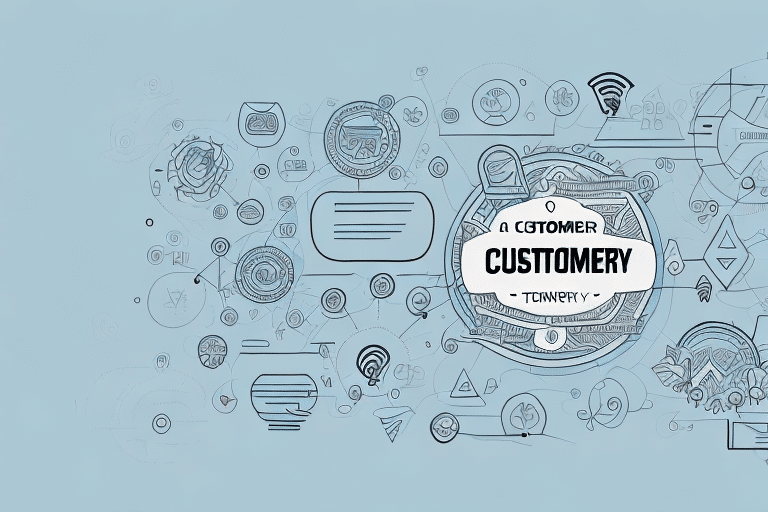Importance of Customer Retention
In today’s highly competitive business landscape, customer retention is crucial for sustained success and growth. Retaining existing customers not only fosters customer loyalty but also enhances revenue streams while reducing the high costs associated with acquiring new customers. According to a Harvard Business Review report, increasing customer retention rates by just 5% can lead to a profit increase of 25% to 95%. High retention rates also contribute to positive word-of-mouth referrals and increased brand awareness, further solidifying a business's market position.
Economic Benefits
- Cost savings on marketing and advertising
- Higher lifetime value per customer
- Stable revenue streams
Enhanced Brand Reputation
Repeat customers are more likely to trust and endorse a brand, enhancing its reputation and credibility in the market.
Key Factors Influencing Customer Retention
Understanding the elements that drive customer retention is essential for developing effective strategies. The primary factors include:
- Price: Competitive pricing remains a fundamental consideration for customers.
- Customer Service: Exceptional support can differentiate a brand from its competitors.
- Product/Service Quality: Consistently high-quality offerings meet customer expectations.
- Customer Experience: Seamless and enjoyable interactions foster loyalty.
Emotional Connection
Beyond the tangible factors, the emotional connection customers feel toward a brand plays a significant role in retention. Brands that successfully build this connection through authentic storytelling and community engagement often enjoy higher loyalty rates.
Personalization and Relevance
Personalized experiences and offerings tailored to individual customer preferences enhance satisfaction and encourage repeat business.
Effective Customer Retention Strategies
Implementing well-crafted retention strategies can significantly improve a business's ability to keep its customers. Here are some proven approaches:
Loyalty Programs
Loyalty programs reward repeat customers with points, discounts, or exclusive offers, incentivizing continued patronage. According to a survey by Invesp, 81% of consumers are more likely to continue doing business with brands that offer loyalty programs.
Personalized Marketing
Using customer data to tailor marketing messages and offers to individual preferences increases engagement and retention rates.
Exceptional Customer Service
Prompt, empathetic, and effective customer service resolves issues quickly, enhancing customer satisfaction and loyalty.
Proactive Communication
Regularly engaging with customers through newsletters, updates, and personalized messages keeps the brand top-of-mind and fosters a stronger relationship.
Measuring and Analyzing Retention Efforts
To ensure the effectiveness of retention strategies, businesses must track and analyze key metrics. Essential metrics include:
Retention Rate
The percentage of customers who continue to do business with a company over a specific period.
Churn Rate
The rate at which customers stop doing business with a company. Reducing churn is directly linked to improving retention.
Customer Lifetime Value (CLV)
CLV measures the total revenue a business can expect from a single customer account throughout the business relationship.
Net Promoter Score (NPS)
NPS gauges customer loyalty by asking how likely customers are to recommend the company to others. A higher NPS indicates stronger customer loyalty.
Leveraging Technology for Customer Retention
Modern technology offers numerous tools and platforms to enhance customer retention efforts:
Customer Relationship Management (CRM) Systems
CRMs like Salesforce and HubSpot help businesses manage customer interactions, track behavior, and personalize communications effectively.
Mobile Applications
Mobile apps provide a convenient platform for personalized interactions, real-time updates, and exclusive offers, enhancing the overall customer experience.
Predictive Analytics
By analyzing customer data, businesses can anticipate customer needs and behaviors, allowing for proactive retention strategies. Tools like IBM Predictive Analytics offer robust solutions for these insights.
Building Brand Reputation and Customer Loyalty
A strong brand reputation is pivotal in retaining customers and fostering loyalty. Key practices include:
Consistent Quality
Maintaining high standards in products and services ensures customer satisfaction and trust.
Authentic Engagement
Engaging with customers authentically through social media, community events, and personalized interactions strengthens brand loyalty.
Transparent Communication
Honest and transparent communication builds trust, especially when addressing issues or changes within the company.
Conclusion
Customer retention is a cornerstone of long-term business success and growth. By understanding the key factors that influence retention, implementing effective strategies, leveraging technology, and building a strong brand reputation, businesses can foster loyal customer bases that drive sustainable revenue. Continuous measurement and adaptation of retention efforts ensure that businesses remain aligned with customer needs and market dynamics, positioning them for enduring success.






















